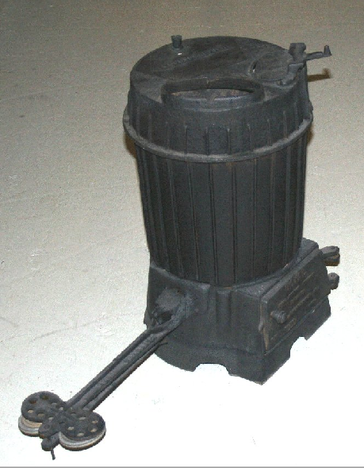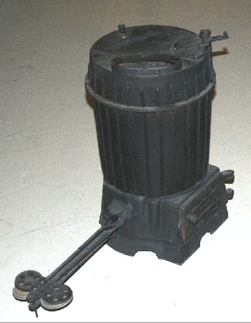Accession numbers for objects follow a specific pattern, for example: 1996.001.01. The first four numbers are the year the object was accessioned (1996), followed by a number that represents which ‘group’ the object came in with (001, meaning this was the 1st group of things to be accessioned in 1996), and finally the number of this specific item within its group (01, meaning it was the 1st item in this batch). If there is a letter following this last number, it means that there are multiple pieces of the same artifact. For example, one of the pieces I will talk about in this post has two parts to one pipe, and is thus differentiated in the accession number using ‘a’ and ‘b’. The number looks like this: 1978.013.40a or 1978.013.40b.
There are two ways to go about this: one way for if you have the accession number, and one for if you don’t. If you don’t have the accession number you can go through the archival database, searching with keywords to see if you can find a match in the pictures or description – very similar to how we proceeded in the last blog post I made! The problem with this is that sometimes the entries do not have pictures, only descriptions, which makes it hard to confirm that you’ve found the item you’re looking for. For this item I used the keywords “black” and “metal” in a broad search, and came up with a couple possible matches.
1978.013.40a is described as a stove pipe, with “…an air vent near the top, flattened at the bottom. Covered in soot”. Does this description match the picture at the top of the post? It’s definitely a possibility, but we could do better.
Luckily, our item has an accession number on it! All we have to do is take this number and search for it in our database, and voila!
Our item is a “pot belly stove” that was used for heating homes using wood! In hindsight, this makes a lot of sense. We can see now that the small door at the front was for coal, while the tall upper section was for fire and the long joined pieces were to control air-flow. Because this object came with only a description, and no history attached (we don’t know who owned it, where it came from, or if it is even relevant to the Coast) it is referred to as an Example of Kind. Being an Example of Kind makes this object relevant to the collection because it was an example of the common technology of the eras we are trying to preserve.







 RSS Feed
RSS Feed
